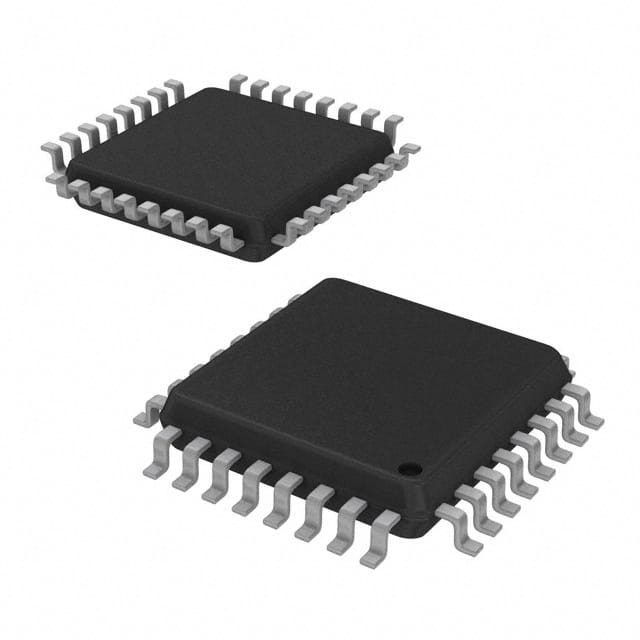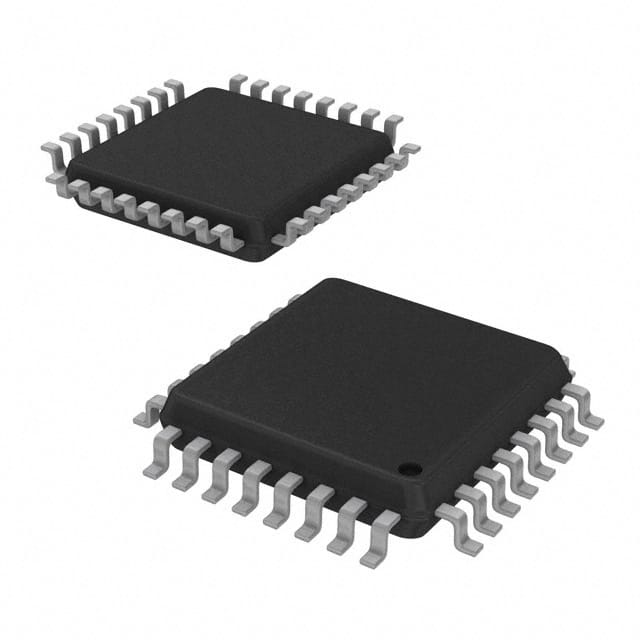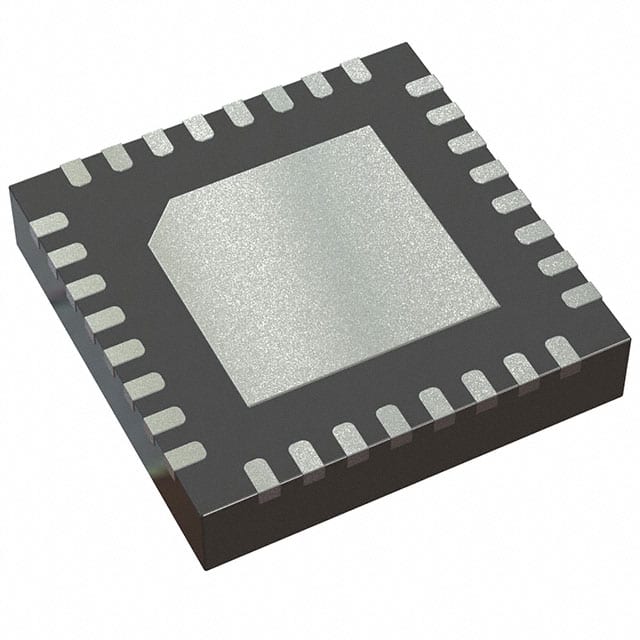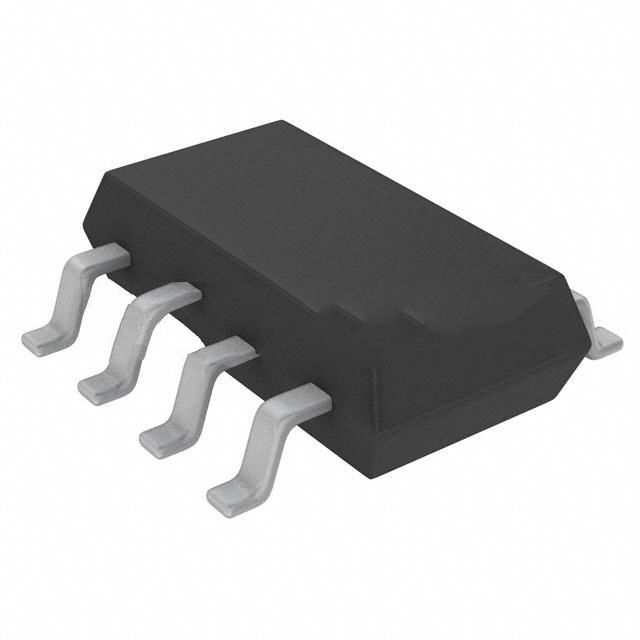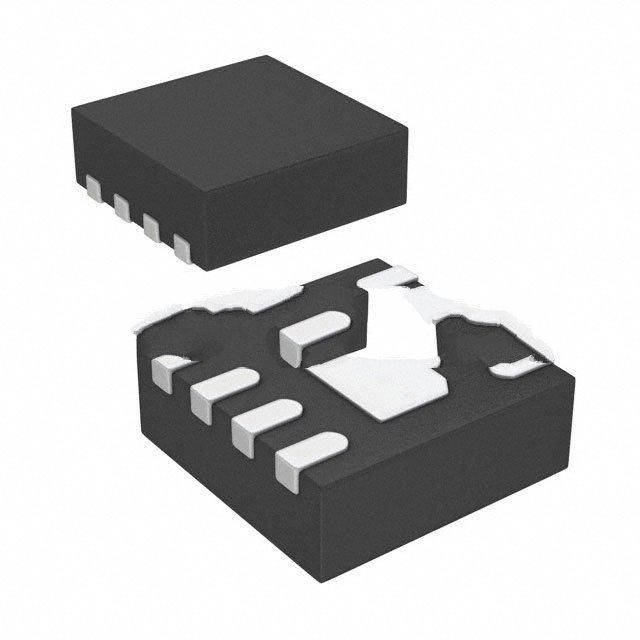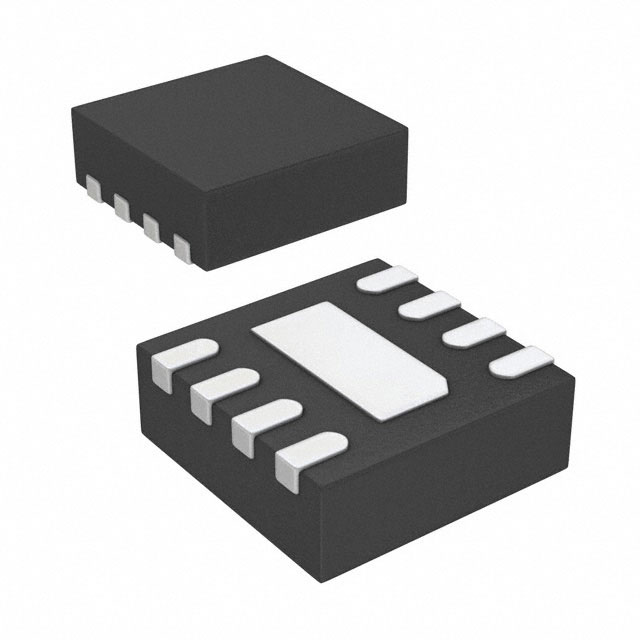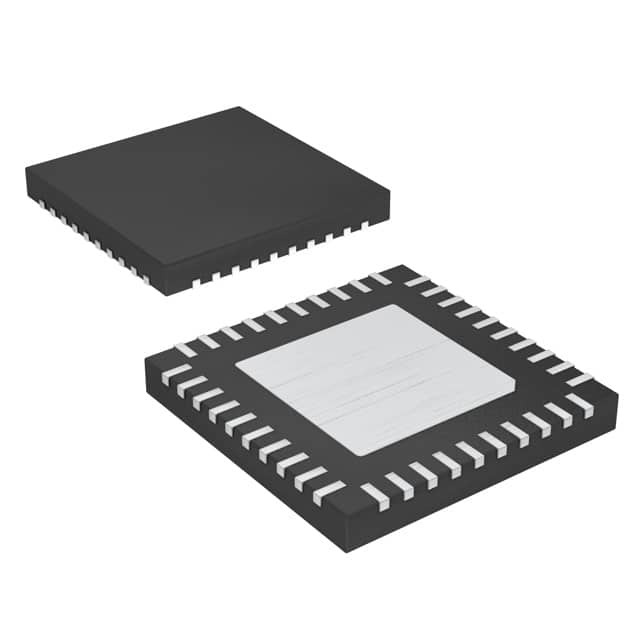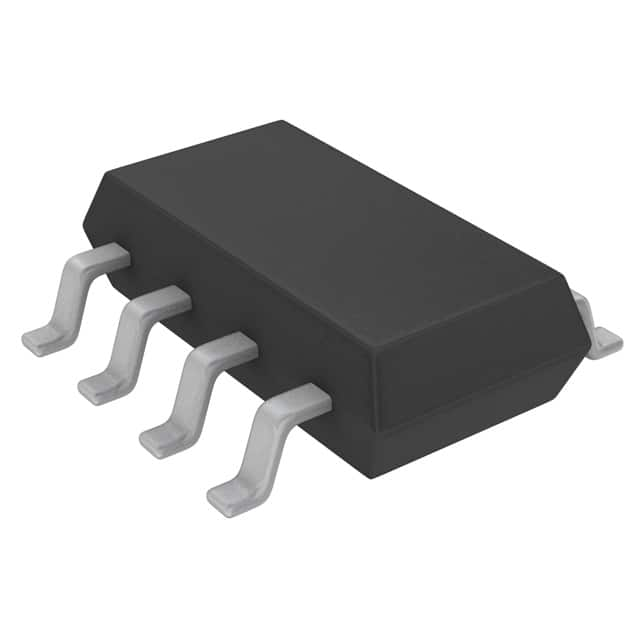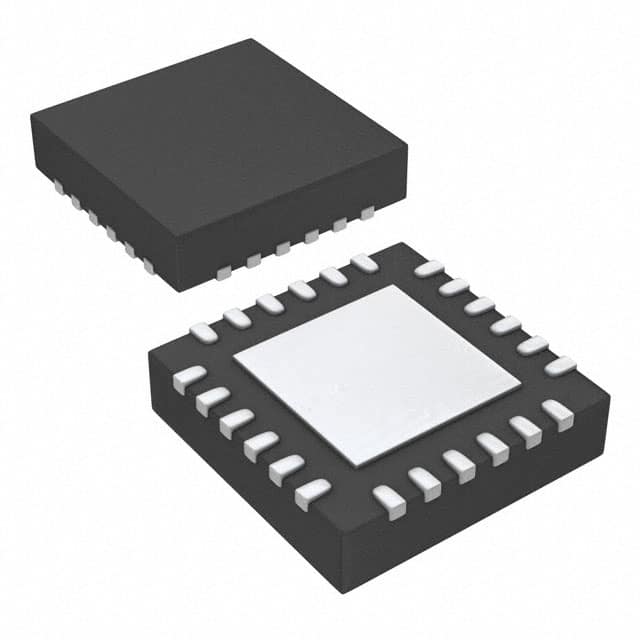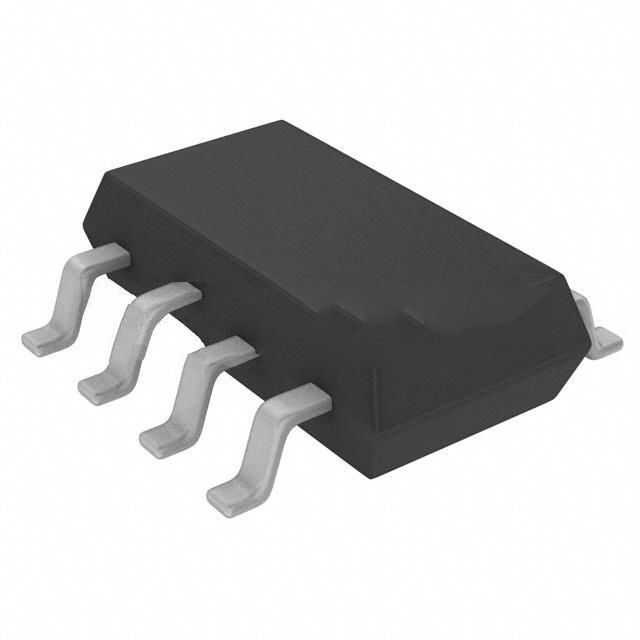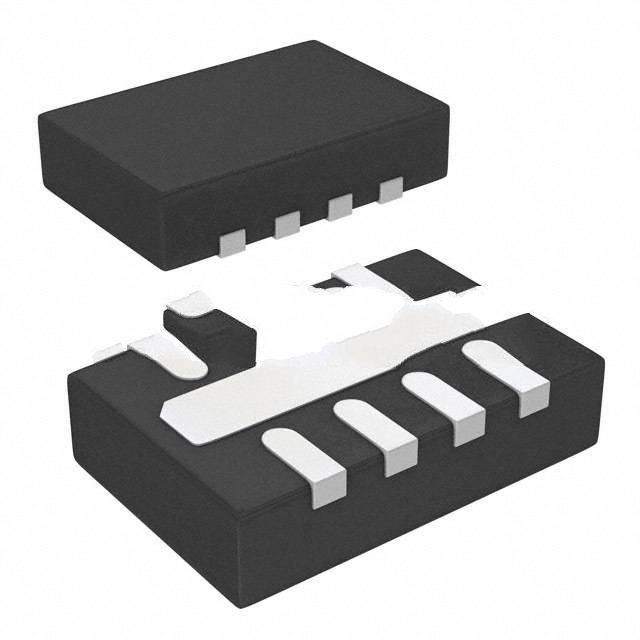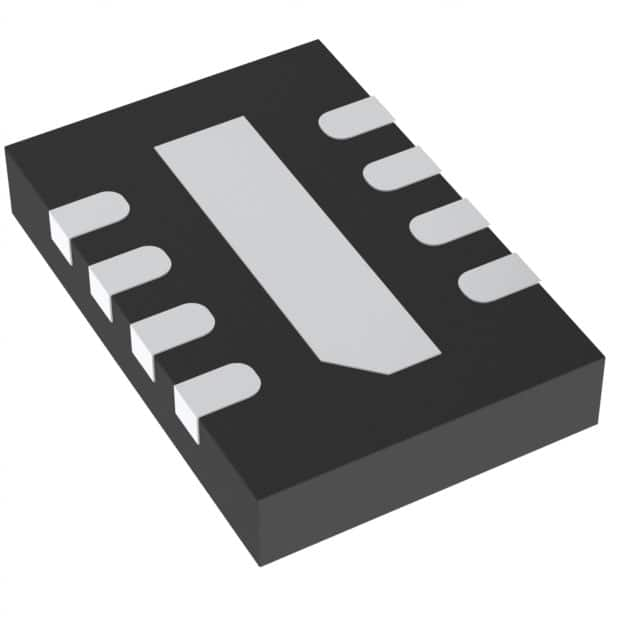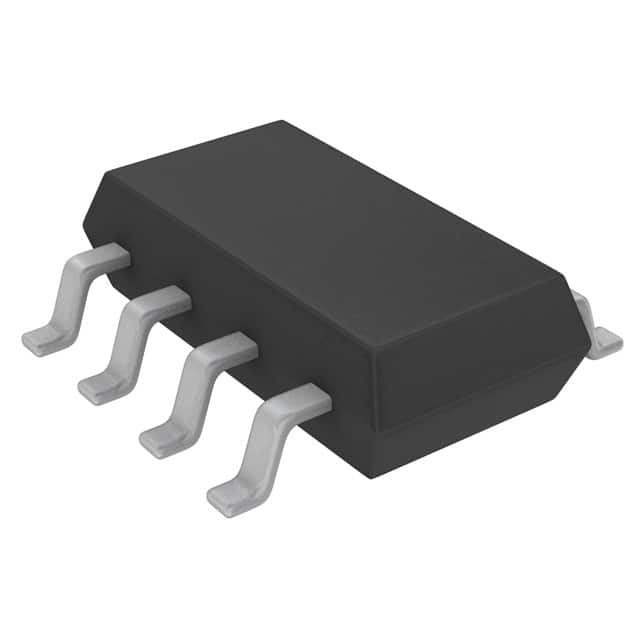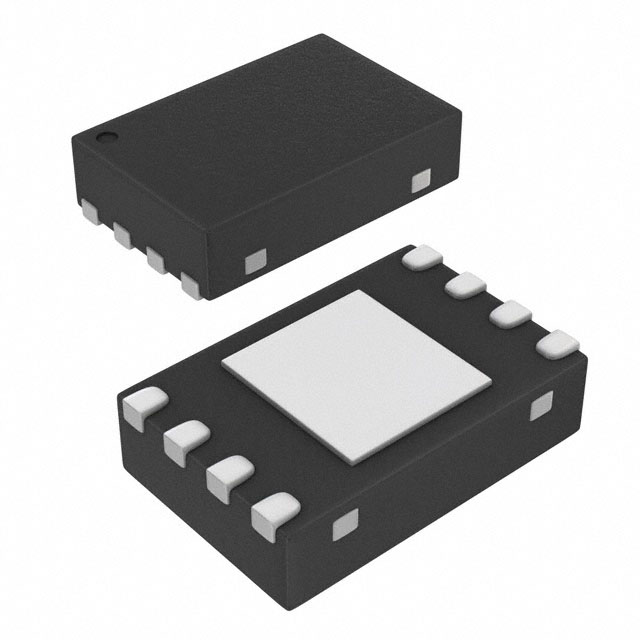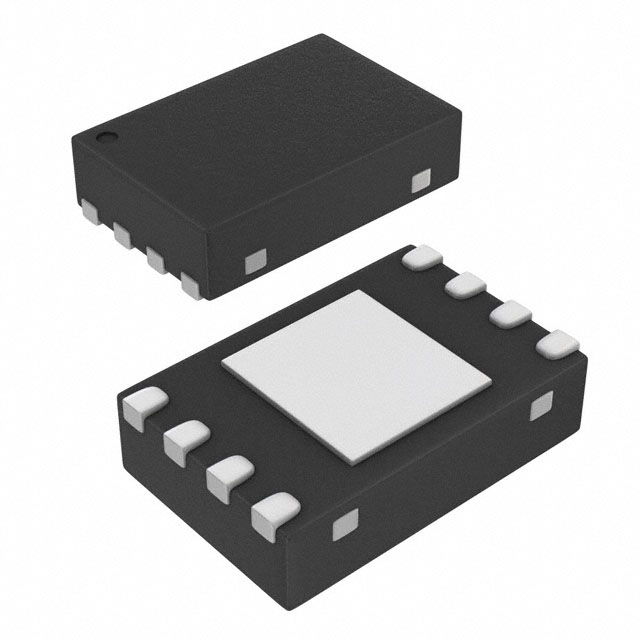LTC4361ITS8-1#TRPBF Product Introduction:
Analog Devices Inc. Part Number LTC4361ITS8-1#TRPBF(PMIC - Power Management - Specialized), developed and manufactured by Analog Devices Inc., distributed globally by Jinftry. We distribute various electronic components from world-renowned brands and provide one-stop services, making us a trusted global electronic component distributor.
LTC4361ITS8-1#TRPBF is one of the part numbers distributed by Jinftry, and you can learn about its specifications/configurations, package/case, Datasheet, and other information here. Electronic components are affected by supply and demand, and prices fluctuate frequently. If you have a demand, please do not hesitate to send us an RFQ or email us immediately sales@jinftry.com Please inquire about the real-time unit price, Data Code, Lead time, payment terms, and any other information you would like to know. We will do our best to provide you with a quotation and reply as soon as possible.
Introducing the Analog Devices Inc. LTC4361ITS8-1#TRPBF, a highly efficient and reliable overvoltage protection device designed to safeguard your electronic systems. With its advanced features and versatile application fields, this product is a must-have for any engineer or designer.
The LTC4361ITS8-1#TRPBF offers a wide input voltage range of up to 80V, making it suitable for a variety of applications. Its fast response time of less than 1µs ensures immediate protection against voltage spikes and transients, preventing any potential damage to your valuable equipment.
Featuring a low quiescent current of only 10µA, this device ensures minimal power consumption, making it ideal for battery-powered applications. Its compact and space-saving SOT-23 package allows for easy integration into any circuit design.
The LTC4361ITS8-1#TRPBF also includes a built-in reverse polarity protection, preventing accidental reverse connection of the power supply. This feature adds an extra layer of safety and reliability to your system.
This product finds its application in a wide range of fields, including automotive, industrial, and telecommunications. It can be used to protect sensitive electronic components, such as microcontrollers, sensors, and power supplies, from voltage surges and transients.
In conclusion, the Analog Devices Inc. LTC4361ITS8-1#TRPBF is a high-performance overvoltage protection device that offers exceptional features and versatility. Its wide input voltage range, fast response time, low quiescent current, and reverse polarity protection make it an essential component for any electronic system requiring reliable protection.
Power Management-Specialized is an application-specific or device-specific power solution designed to provide efficient, reliable, and customized power supplies. This power management solution usually includes hardware and software two parts, the hardware part involves the power converter, voltage regulator, battery management module, etc., and the software part includes the algorithm to monitor, control and optimize the use of power. Dedicated power management can be optimized according to the specific needs of the equipment, ensuring that the power system can meet all the requirements of the specific application.
Application
Power Management-Specialized has a wide range of applications, covering almost all electronic devices and systems that require an efficient and stable power supply. In the field of communication, dedicated power management provides reliable power guarantee for key facilities such as base stations and data centers to ensure the continuity and stability of information transmission. In the field of industrial automation, it is widely used in robots, production lines and other automation equipment to improve production efficiency and reduce energy consumption. In the field of consumer electronics, the dedicated power management system built into portable devices such as smartphones and tablets not only extends battery life, but also improves the user experience.
FAQ about PMIC - Power Management - Specialized
-
1. From an electrical perspective, what is PMIC?
PMIC (Power Management Integrated Circuit) is a power management integrated circuit, which is a key component dedicated to managing and distributing power in electronic devices. It improves the efficiency and reliability of the power system by integrating multiple power management functions, while reducing the size and cost of the device.
Functions and roles of PMIC
Power conversion: PMIC usually contains a built-in DC-DC converter to convert the input voltage to the stable output voltage required by the device. This conversion can be in the form of buck, boost, or buck-boost.
Power management: PMIC can dynamically adjust power consumption according to the operating status of the device to improve energy utilization efficiency. For example, in mobile devices, the CPU supply voltage and frequency can be reduced according to usage, thereby reducing energy consumption.
Current control and protection mechanism: PMIC can achieve precise control of current, and built-in overcurrent protection, overtemperature protection and short-circuit protection mechanisms to ensure the safe operation of the device.
Battery management: For devices that rely on battery power, PMIC is responsible for battery charging, protection and status monitoring, and intelligently manages battery health and life.
Clock generation: Some PMICs also provide clock signals to synchronize the operation of various modules in the device.
-
2. What is the difference between PMU and PMIC?
PMU and PMIC have significant differences in application scenarios and functional positioning.
Application scenarios
PMU: Mainly used in portable devices such as mobile phones, MP4, GPS, PDA, etc. It is a highly integrated power management solution that integrates traditional discrete power management chips (such as low-dropout linear regulator LDO, DC/DC converter DC/DC) to achieve higher power conversion efficiency and lower power consumption.
PMIC: usually refers to an external power management chip, which is used for system-level power management. A SOC (system on chip) usually requires multiple PMICs to provide multiple power supplies or high currents to meet the different requirements of different components for voltage, current, and frequency.
Functional positioning
PMU: Inside the SOC, as a power management unit, it is responsible for managing the power distribution and conversion inside the SOC to ensure the normal operation of each component. PMU sets control signals through control registers to achieve real-time software management.
PMIC: Outside the SOC, as an independent power management chip, it provides multiple power supplies and high current outputs to meet the different power requirements of the SOC. PMIC works with PMU to ensure the stable operation of the entire system.
-
3. What is the role of power management IC?
Power management, voltage conversion, current control, battery management
Power management IC (PMIC) plays a vital role in electronic devices. Its main functions include the following aspects:
Power management: PMIC is responsible for managing the power supply, including controlling the battery power, charging current, discharging current, etc., to ensure that the power supply of the device is stable and reliable.
Voltage conversion: PMIC can convert various types of power into voltage and current suitable for electronic devices, such as converting high-voltage AC power into low-voltage DC power to meet the needs of electronic devices.
Current control: PMIC can provide overvoltage protection, overcurrent protection, overtemperature protection and other functions to prevent power anomalies from causing damage to electronic devices.
Battery management: For rechargeable devices, PMIC can also control the charging process, including power detection, charging control, charging protection, etc., to ensure battery safety and charging efficiency.
Energy saving management: PMIC can intelligently manage the power supply of the device to achieve energy saving and optimize power usage. For example, when the device is in standby mode, the chip can automatically reduce the output voltage and current of the power supply to reduce energy consumption.
Power indication: PMIC can also provide power indication functions, such as through LED lights or other indicators to help users judge the status and faults of the power supply.
 Lead free / RoHS Compliant
Lead free / RoHS Compliant













